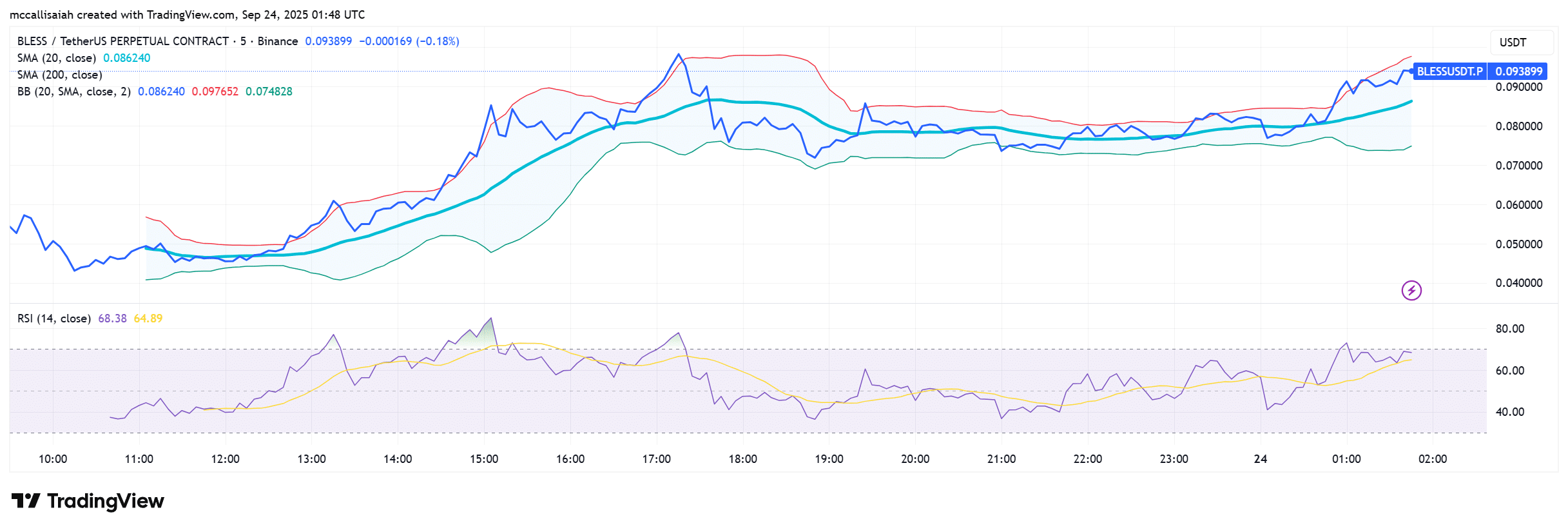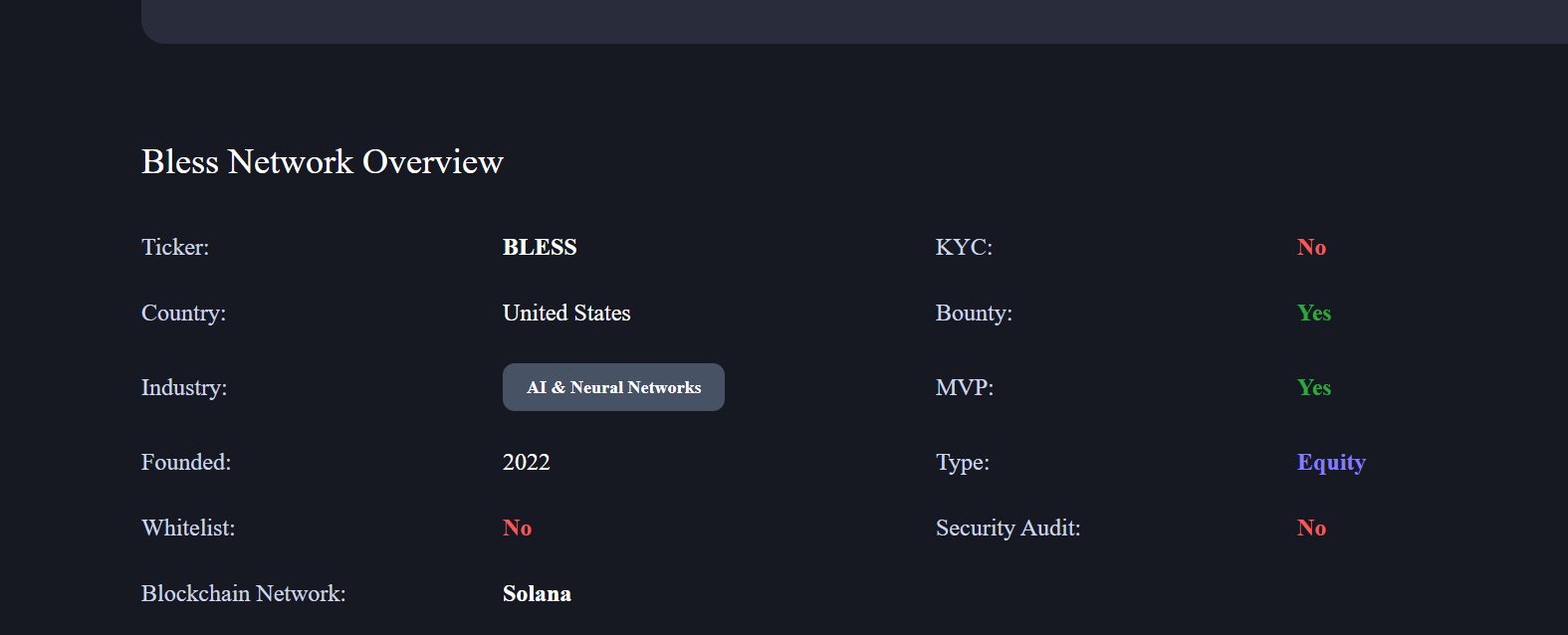Bless Crypto Network Explodes 250% at Launch: The Real Threat to Big Tech Giants?
Another blockchain project just pulled off the impossible—tripling its value on day one while Silicon Valley watches nervously.
Network Launch Dynamics
Bless Crypto Network didn't just enter the market—it detonated. That 250% surge wasn't gradual growth; it was a market earthquake that left traditional tech stocks looking sluggish by comparison.
Big Tech's Achilles Heel
While FAANG companies build walled gardens, decentralized networks bypass gatekeepers entirely. Bless's architecture cuts out middlemen—the same intermediaries that make Big Tech's profit margins look positively greedy.
Market Realities vs Hype
Let's be real: every crypto project promises disruption. But delivering 250% gains while legacy tech struggles with single-digit growth? That gets attention—even from venture capitalists who still think blockchain is just a buzzword.
The real test comes next: sustaining momentum when the initial hype fades. Because nothing makes finance traditionalists smirk faster than a project that rockets up—only to crash harder than a metaverse startup's valuation.
What Does the Data Say About Bless’s Market Impact?

According to CoinGecko, BLESS was trading around $0.09–$0.10 on Sept. 24, with daily volume topping $200M, which is unusually high for a fresh listing. It’s now much higher and ready to smash through $0.10.
CoinLaunch data shows that the $BLESS token grants governance, ownership, and staking, with 90% of app revenue allocated to purchasing and burning it.

The macro picture for Bless Crypto shows a project that wants to upend decentralized computing. According to FRED data, cloud spending is closing in on $1Tn a year, with AWS, Microsoft, and Google owning most of it.
Bless positions itself as the “anti-cloud,” using a browser extension that lets users rent out idle CPU and GPU power in exchange for tokens.
Can Bless Network Compete With AWS and Google Cloud?
Bless pulled in $8 million in 2022 from investors such as NGC Ventures and M31 Capital. Since then, the project says it has grown to more than 6.3M nodes and 2.5M users in testnet. Co-founder Michael Chen framed the mission bluntly: “We’re building a world where anyone, anywhere can help power AI and the apps they use every day, and be rewarded for it.”
Still, many claims on X are saying that BLESS is a scam. DYOR before investing:
![]() Exposed: $BLESS is a Scam!
Exposed: $BLESS is a Scam!![]()
First, they scammed the community with allocations – 70-80% of real users, even with 100s of days uptime, were marked ineligible. That was the first betrayal.
Now after listing, they delayed claiming for 24 hours. Obvious play: pump the price,… pic.twitter.com/hqF8j7yTJi
— Vijay Chauhan (@Microtech_Mt) September 23, 2025
Bless’s design resembles early Grass Network farming models, but its accessibility sets it apart. It does not have servers or coding—just a browser extension. That could make it the first real bridge between Web2 users and decentralized infrastructure.
But the jury is out if this is a slow bleed rugpull or if $BLESS has real utility.
Key Takeaways
- Most airdrops end the same way: tokens get claimed, then dumped. Yeezy did it; hell the President did it. But BLESS crypto token jumped 250%.
- Bless’s design resembles early Grass Network farming models, but its accessibility sets it apart.

